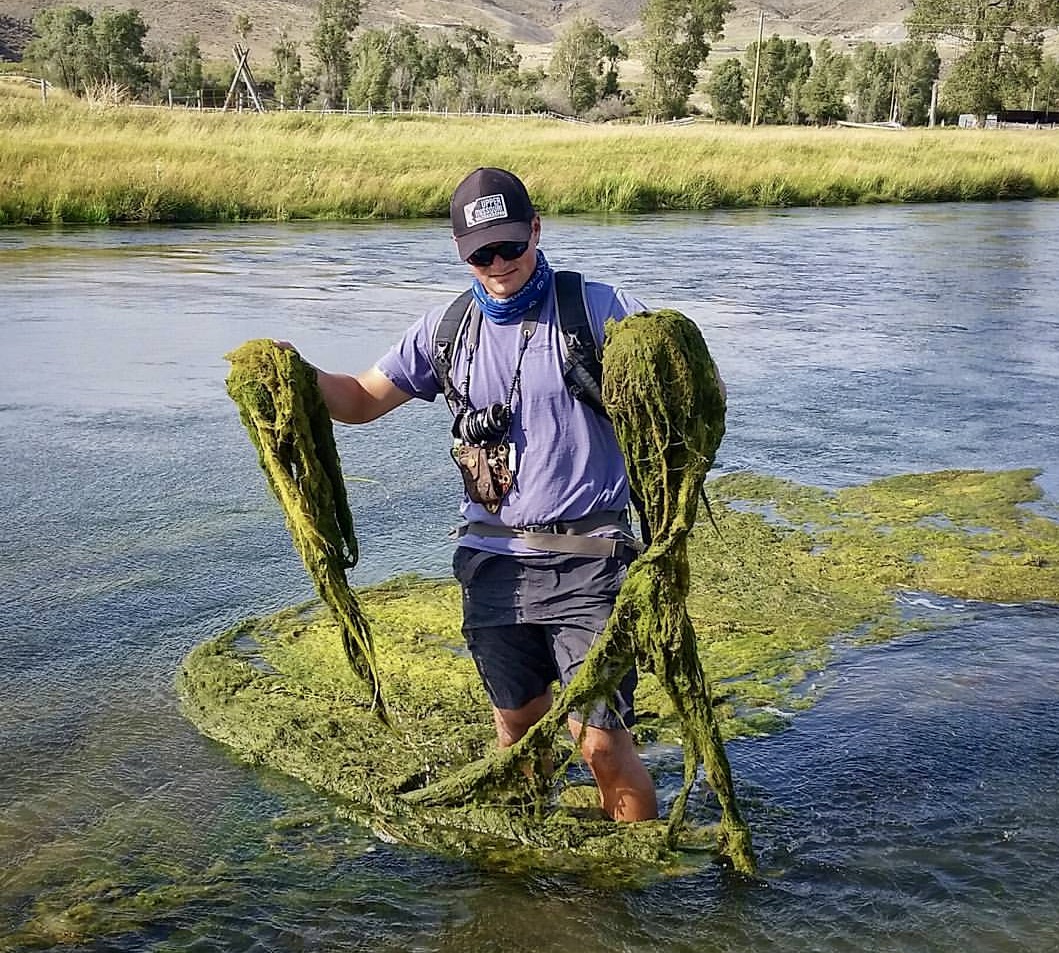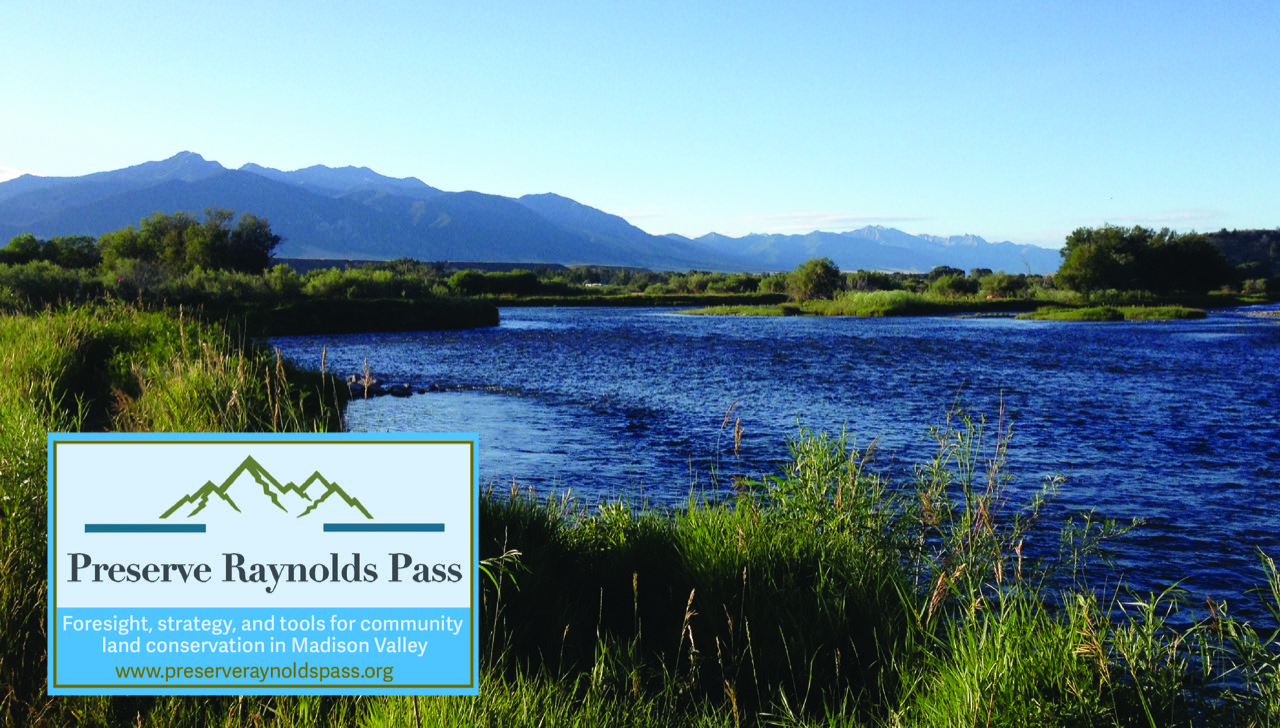by Yellowstonian
Are Montana’s lawmakers setting up the state’s western mountain valleys for crises related to the character of her rivers, water quality, protection of critical wildlife habitat and preservation of the rural way of life so rooted in the identity of citizens?
Are they pandering to free marketeers who favor the notion that the spoils of natural resources belong to the highest bidder?
Are they making policy that benefits the majority of their constituents who are working class or newcomers and vacation home owners who are often clueless about the things that make the state great?
There are few NGOs in the Northern Rockies working on true river protection and simultaneously better versed on water law than the Upper Missouri Waterkeeper. Led by attorney Guy Alsentzer, the Bozeman-based organization has a handle on how sprawl and growth issues have major water quality components, particularly in noting the negative downstream consequences of not thinking at a watershed level.
In a recent podcast with Randy Carpenter of the group, Friends of Park County, Alsentzer offers an overview of how lax enforcement pertaining to upholding state water quality laws—and the fact that Upper Missouri Waterkeeper has had to sue to hold counties accountable—is a growing concern.
Think of their conversation as a primer for pondering existing and future growth issues involving Big Sky and the Gallatin River, Madison County and the Madison River, Park County and the Yellowstone and Shields rivers, and the colossus of development rapidly spreading across Gallatin County in and around Bozeman.
Carpenter is not only the executive director of Friends of Park County but in his capacity as a professional planner he also is the resident planner for the town of Three Forks, Montana which is dealing with growth issues in Gallatin and Broadwater counties. Geographically, the town is so named because it represents the place where the Gallatin, Madison and Jefferson rivers converge to form the headwaters of the mighty Missouri River.
“Sprawl development really benefits no one except for the developer that flips those properties/ It really detracts from the land use amenity. It detracts in very tangible, often economical ways in terms of our wildlife. It detracts in terms of services that are burdened upon ratepayers that have to pay for the infrastructure.”
—Guy Alsentzer, executive director, Upper Missouri Waterkeeper
Carpenter notes how developers are exploiting loopholes in water policy and how elected officials and the state continue to grant exemptions to compliance with laws intended to protect water quality and quantity. Those issues, in turn, are linked to protecting vital wildlife habitat and open space. Is granting compliance loopholes in rural areas, Carpenter asked Alsentzer rhetorically, serving as incentives for hastening more rural sprawl?
“The last two legislatures [in Montana] in particular have unfortunately put forward a number of different land use bills that have tried to radically reshape the process for developing in a county—tried to streamline it,” Alsentzer explained. “From our perspective at Waterkeeper, much of it was cloaked as a wolf in sheep’s clothing of affordability. But this wasn’t about affordability.”
Alsentzer says that by weakening environmental laws—pertaining to sewer permitting and water right exemptions— as is being pushed by the construction and real estate industries, free-market advocates and Montana Gov. Greg Gianforte’s Housing Task Force, it is not contributing to smarter planning but undermining it, all to accommodate developers.
“Sprawl development really benefits no one except for the developer that flips those properties,” Alsentzer said. “It really detracts from the land use amenity. It detracts in very tangible, often economical ways in terms of our wildlife. It detracts in terms of services that are burdened upon ratepayers that have to pay for the infrastructure.”
One of Montana’s laws, he notes, allows tributaries to major rivers to literally be sucked dry. There are more water rights than there is water to go-around, and making it worse is that this reality exists despite changing climate that will create even more water scarcity. “We [already] have less [water] to go around at the times of year when people use it the most,” he said.
Large subdivisions coming on line have such high demand for water, at times of year when water is most scarce “that it exacerbates these ongoing ills, [bringing negative] cumulative impacts across an entire valley,” he said.
The public trust, and the constitutional right that Montanans have to a healthy, clean environment is being eroded by thinking that allows resources to be sold to the highest bidder or those currying the most political influence.
What Alsentzer says ought to be of interest to citizens, legacy ranching and farming families, conservationists and, of course, elected officials who need to ground themselves in reality more than ever.
View/listen to the podcast in its entirety below.








